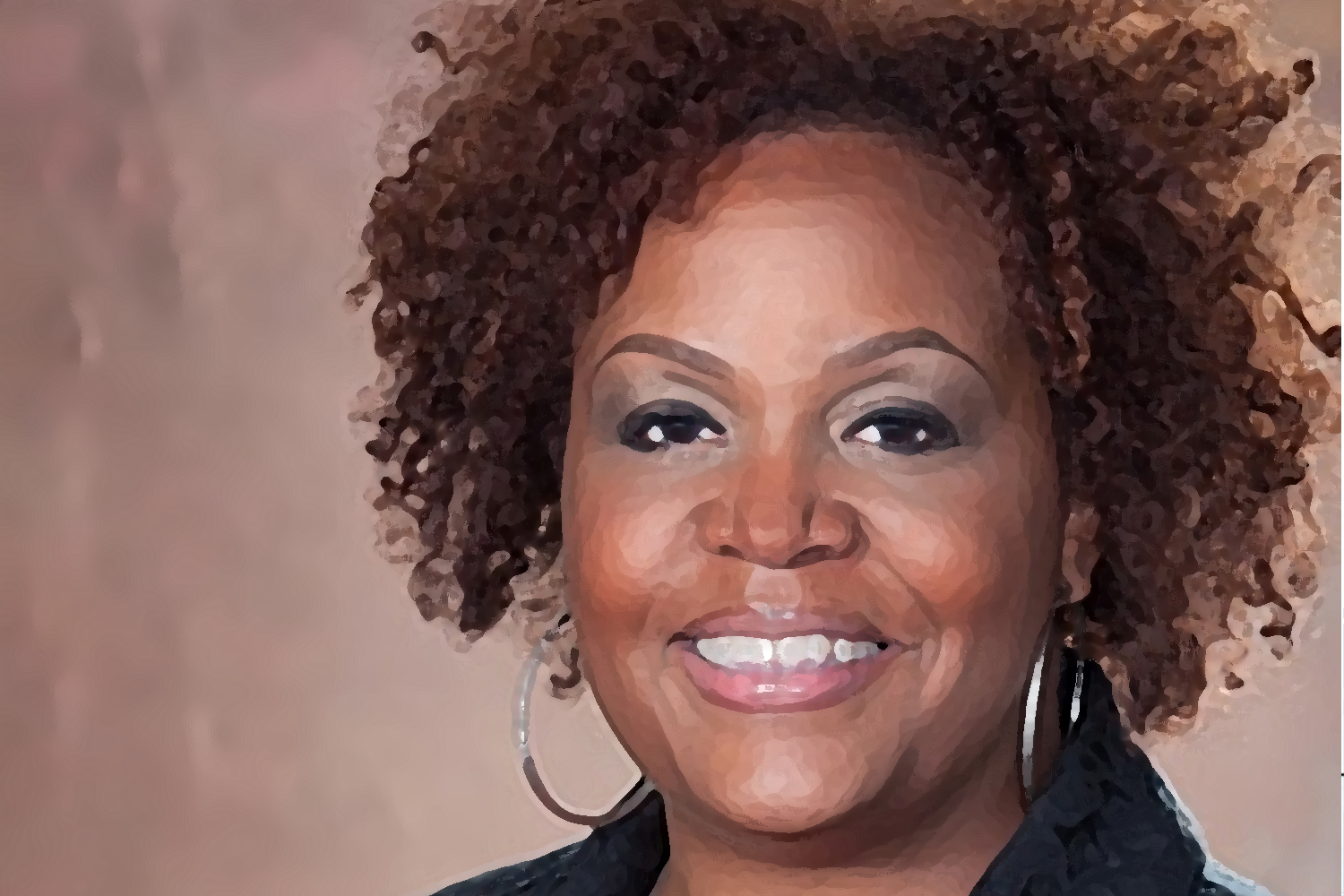Nonprofit Spotlight: Michigan Nonprofit Association
“You need to have an insatiable tenacity to learn, and willingness to understand how things come together.”

Donna Murray Brown is Tearing Down the Silos in Michigan
Donna Murray Brown is the President and CEO of the Michigan Nonprofit Association (MNA). She is also only one of a handful of African American CEOs of a statewide nonprofit association in the state.
The MNA is a membership organization that is “dedicated to serving the diverse nonprofit sector through civic engagement, capacity-building, data and technology, training, and advocacy.” They offer assistance with tech resources, create publications to assist nonprofits in advocating for themselves and the sector, and even connect organizations with volunteers. Murray-Brown has been instrumental in helping move the MNA to its modern iteration.
“The environment and landscape for MNA were different 26 years ago, when the organization was founded,” Murray-Brown, who was a staffer before she was appointed head of the organization four years ago, says. The focus for most nonprofits back then was getting projects funded. “We may have been working to meet the needs of the membership but we were not meeting the needs of the community,” she says.
Building a singular vision
When she took over the helm, Murray-Brown began to look at ways to change the organization’s landscape for the future, including the way they approached the technology needs nonprofits. She also confronted the challenge of running an organization that operated in silos.
“MNA had acquired separate organizations in the past but never did the hard work of building a merged organization,” Murray-Brown says. “Before our new approach, our programs worked in deep isolation from each other until we made changes.”
While the organization was realigning itself, Murray-Brown, with the support of the board and staff implemented a new theme that would frame the change internally — One MNA. “It was a way to describe what we were going to try to accomplish,” Murray-Brown says. “It sounds simple, but it was challenging at both the staff and board levels.”
It took four years to bring all the elements together, but Murray-Brown says the work of restructuring is complete. “One of the biggest changes in reshaping MNA for the future is that we now have a smaller and more aligned board, moving from a 41-member-board to 21 members,” she says.
Board members each came to MNA because they had been associated with connected to isolated programs. They changed the long-standing bylaws, that called for 23 specific organizations to have a seat at the board table. Moving to 21 members did away with mandatory seats, Murray-Brown says.
Committed to change
The organizational shifts haven’t always come easily. Murray-Brown says, “it was controversial early on.” The board development committee led the charge. She acknowledges that they are still working on building the diversity of the board.
On the horizon, Murray-Brown says she sees the diversification of revenue beyond traditional fundraising as being essential to sustainability for the nonprofits MNA serves, as well as organizations around the country. She talks about the shift from nonprofits relying heavily on grant funding for specific projects to the need to have a broad base of income streams
The bottom line for Murray-Brown is that the organization be of use to the nonprofits that they serve. Murray-Brown says many of them need guidance and support around public policy and advocacy. Murray-Brown adds that nonprofits know that it is important to do, but without training and support many don’t have the skill set or network to get in front of legislators around key issues.
MNA works with them and connects them. The other strength she sees is MNA’s role in talent development for their membership as they each look to their own future.
The organization also partnered with a Michigan-based think tank, Public Sector Associates to create an economic impact report on the nonprofit sector in the state and how as job creators, they contribute to the bottom line.
Murray-Brown says this effort and convenings such as one they hosted the Points of Light Foundation on the largest volunteerism meeting in the country, held last year in Detroit are helping to raise the profile and significance of nonprofits.
Helping others help others
Murray-Brown loves working with nonprofits and helping them to better serve their constituencies, even though she has had to be on a steep learning curve. “I didn’t grow up in the nonprofit sector,” Murray-Brown says. She says she spent 22 years in banking before joining MNA.
But Murray-Brown encourages others to take her path and look at nonprofit leadership as a career choice. According to Murray-Brown the nonprofit world is very close knit, so it can be hard to break in. “You need to find a mentor and sponsors,” she says. “And you need to have an insatiable tenacity to learn, and willingness to understand how things come together.”
She says it is important to understand context and history to be able to lead into the future.
You might also like:
- Can You Hear Us Now? Using Feedback to Create Community-Centered Services
- The 3 ‘Rs’ of Equitable Community Engagement
- Four Ways to Remove a Board Member
- Link Arms to Elevate Your Nonprofit’s Impact
- Can Nonprofits Look to the Past to Build the Future?
You made it to the end! Please share this article!
Let’s help other nonprofit leaders succeed! Consider sharing this article with your friends and colleagues via email or social media.
About the Author
Andrea King Collier is a strategic communications consultant to nonprofit organizations and foundations. Collier works nationally but is based in Lansing, Michigan.
Articles on Blue Avocado do not provide legal representation or legal advice and should not be used as a substitute for advice or legal counsel. Blue Avocado provides space for the nonprofit sector to express new ideas. The opinions and views expressed in this article are solely those of the authors. They do not purport to reflect or imply the opinions or views of Blue Avocado, its publisher, or affiliated organizations. Blue Avocado, its publisher, and affiliated organizations are not liable for website visitors’ use of the content on Blue Avocado nor for visitors’ decisions about using the Blue Avocado website.







